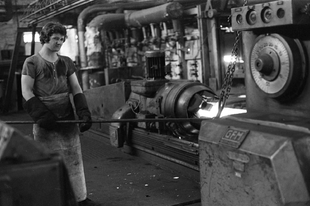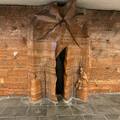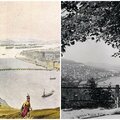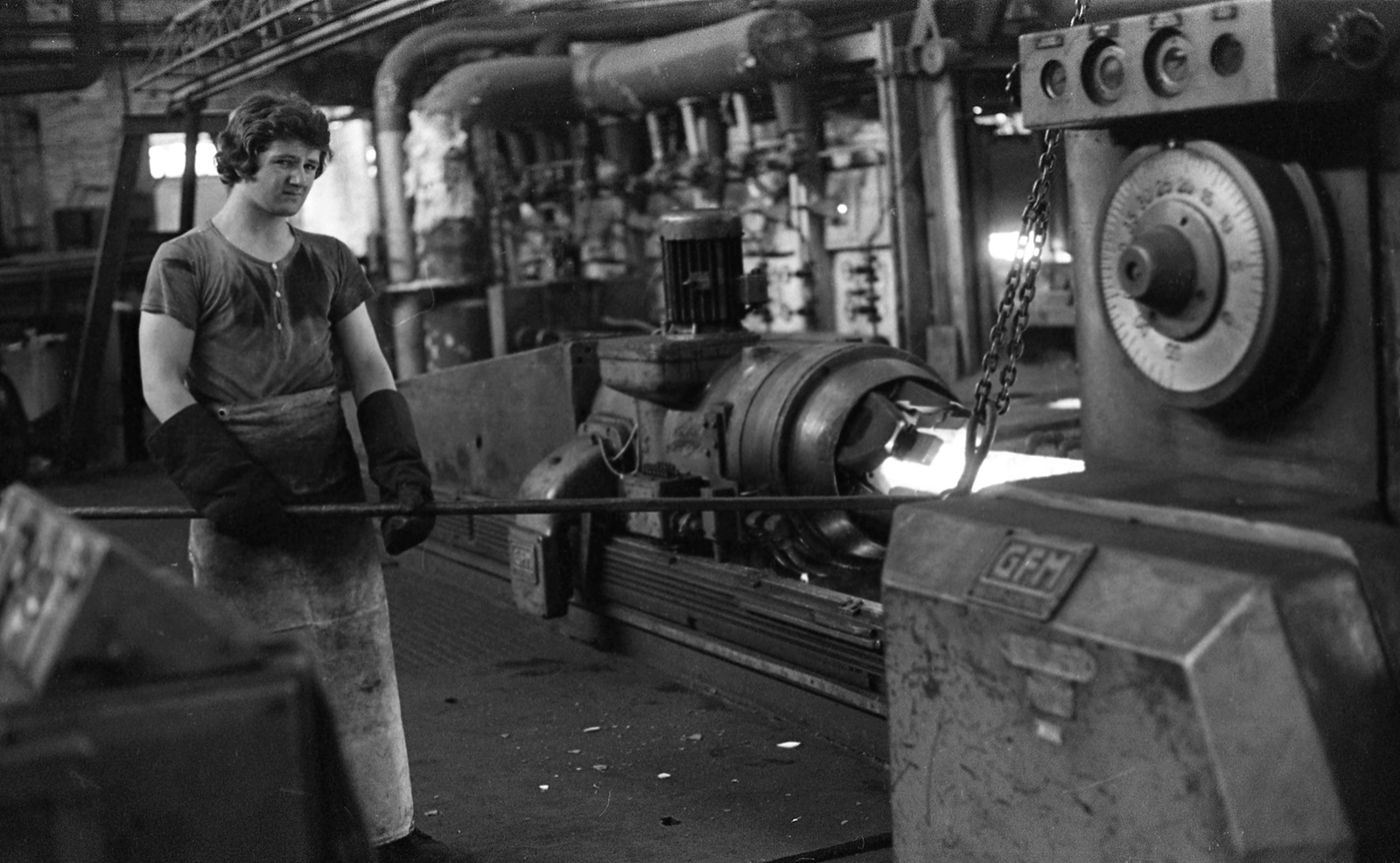
The Danube flows past many cities, reaches Budapest, and flows across the Great Plain (Alföld), traversing Croatia, Serbia, and Romania until it reaches the Iron Gate gorge. The riverbed is shallow and marshy, and low terraces stretch along both banks. River accumulation has built a large number of islands, including Csepel near Budapest.
Csepel is the largest island in Hungary; it amounts to kilometers in length and its maximum width measures 8 kilometers covering an area of 257 square kilometres.
The northern tip of the island lies within Budapest's city limits, where it makes up District XXI. known as Csepel.
Csepel Island has played an important role in the Hungarian History. Arpad, the great ancestor of the Hungarians used Csepel Island as center of dominion after the coming of the Hungarians tribes. In fact, the story goes the island bears the name of Arpad's horse groom, Csepel.
The seven turrets on the Fisherman's Bastion in Budapest symbolise the seven Hungarian tribes that occupied the Carpathian basin in the late 9th century, founding this country. The seven tribes - Jenő, Kér, Keszi, Kürt-Gyarmat, Megyer, Nyék and Tarján - formed a confederation called "Hétmagyar" ("Seven Magyars"). Their leaders, the seven chieftains of the Magyars, besides Álmos, included Előd, Ond, Kond, Tas, Huba and Töhötöm, who took a blood oath, swearing eternal loyalty to Álmos, the father of Árpád. Just for the record, the Magyar tribes consisted of 108 different clans.)
Árpád was the head of the confederation of the Hungarian tribes at the turn of the 9th and 10th centuries. The Hungarians arrived in their new homeland within the Carpathians under Árpád. Árpád is known among Hungarians as the founder of their homeland.
As from the Middle Ages onwards, Csepel Island was one of the top choices of the Hungarian kings in terms of vacation retreats, as well as one of the most prized wedding presents the royal faces of the Hungarian dynasties used to make to their future spouses.
During the 16th century serbs fleeing the approaching Turkish armies also settled on Csepel Island, although only in the southern part of the area, outside today's city limits.
The modern settlements of Csepel was officially undertaken in 1712 as an agricultural endeavour but the Great Flood of 1838 devastated it. Following the Compromise Agreement with the Habsburgs and the Austrian Kingdom the island was protected by the programme of river regulation. The new village was built on higher ground, in present-day Old Village or Ófalu. The town had a population of 9462 according to the 1910 census. Formerly it was a working-class borough with several factories
The most important and most popular place of the island is a factory. The Jewish industrial magnate Manfred Weiss established his factory (later Csepel Works) in 1893. Manfréd Weiss Steel and Metal Works was one of the largest machine factories in Hungary and the second largest industrial enterprise in the Austro-Hungarian Monarchy.
In 1906, the company was supported by Hungarian Society of Industrialists, who lobbied for a new law that would allow state-owned companies to produce only products unobtainable from private companies. With such support, the Manfréd Weiss Works soon emerged as the largest firm on the market. Another boost in company's history came in 1911, when Austria-Hungary significantly expanded its military budget. By 1913 the Manfréd Weiss Works employed over 5000 workers and by the outbreak of WWII he firm had become a modern industrial conglomerate, with over 40,000 employees.
When Nazi Germany overran Hungary in 1944, the Weiss family was allowed to emigrate to Portugal and their factory was taken over by Germany.
After the WWII the factory was nationalised in 1948. With the arrival of Communism the Csepel district was re-developed yet again, this time as an industrialised manufacturing area dominated by heavy machinery and truck factories. Csepel Iron and Metal Works became a flagship company of the communist era by producing tubes, machinery, bicycles, motorcycles, vehicles. 40 years ago more than 30,000 people were working in the factory.
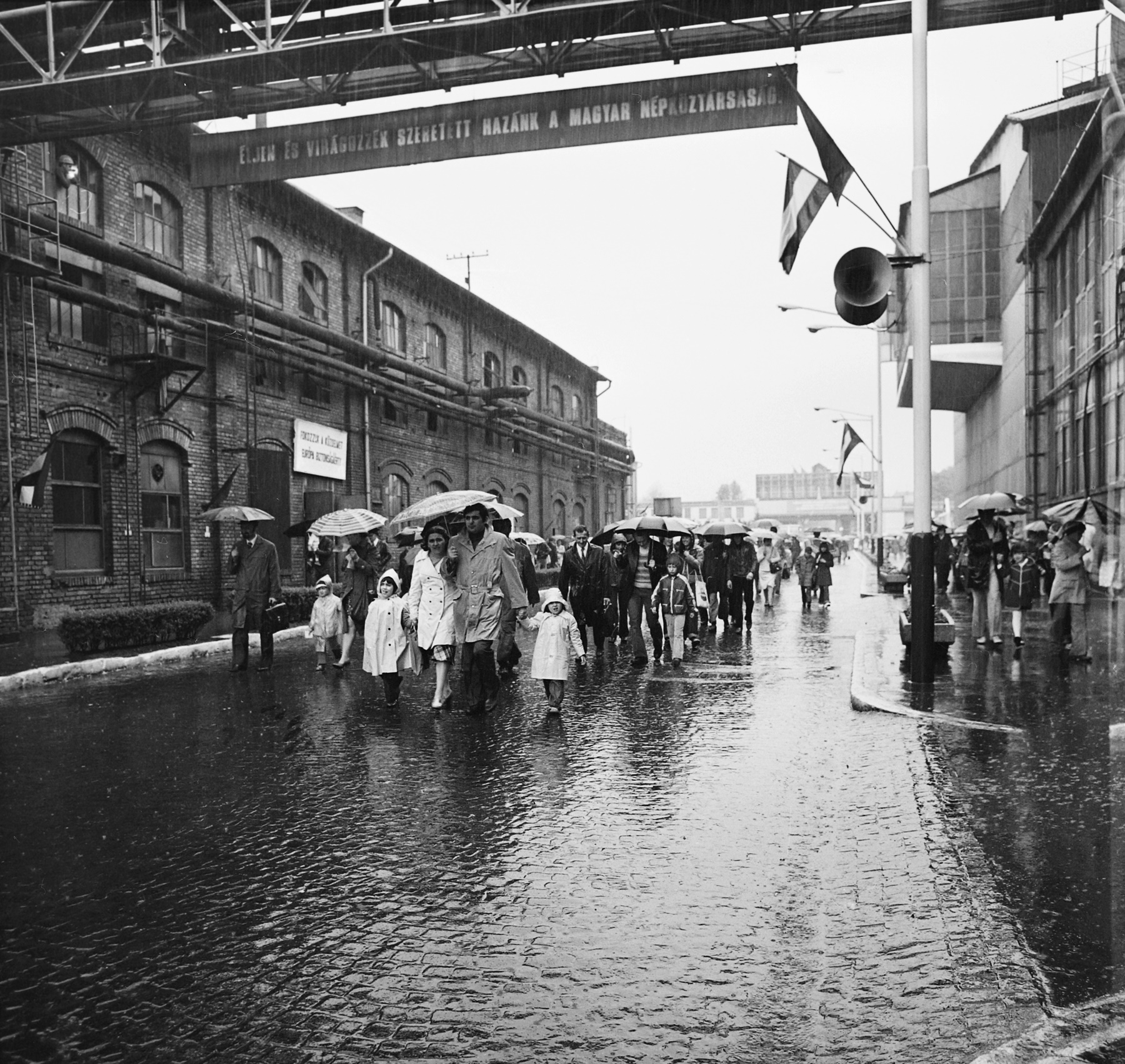
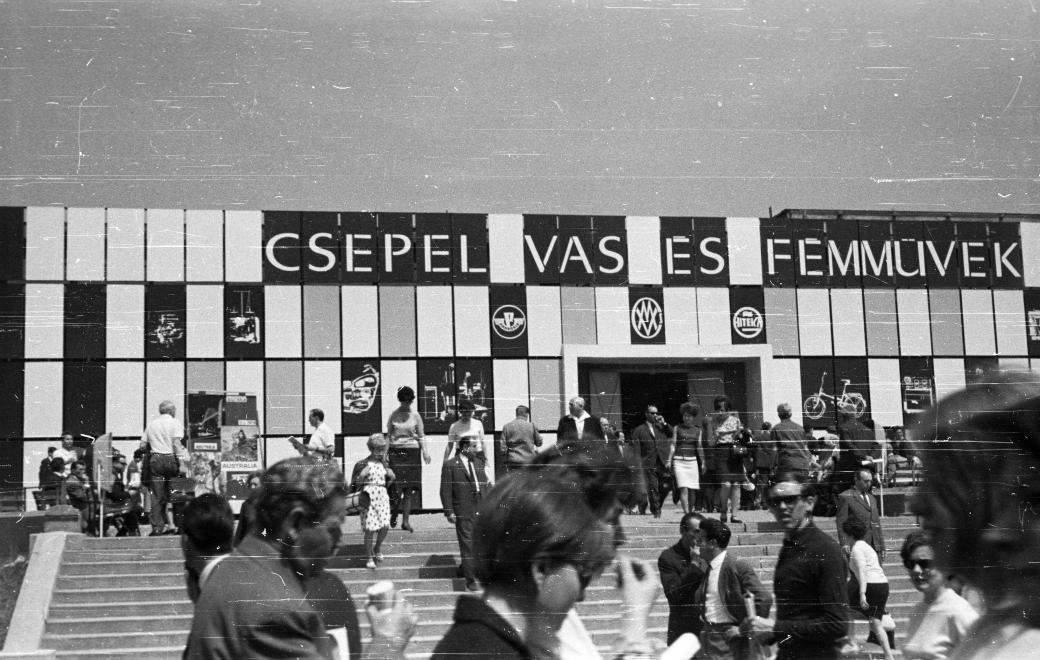 Source: Fortepan.hu
Source: Fortepan.hu
In the '90ies the company’s assets were privatised, currently hundreds of ventures operate on the area employing 6-8,000 people.
Now you can find here a vast factory complex made up of empty workshops and abandoned railway lines. There are 14 industrial monuments and another 30 noteworthy buildings in the Csepel Works.
Exploring Csepel Works:

